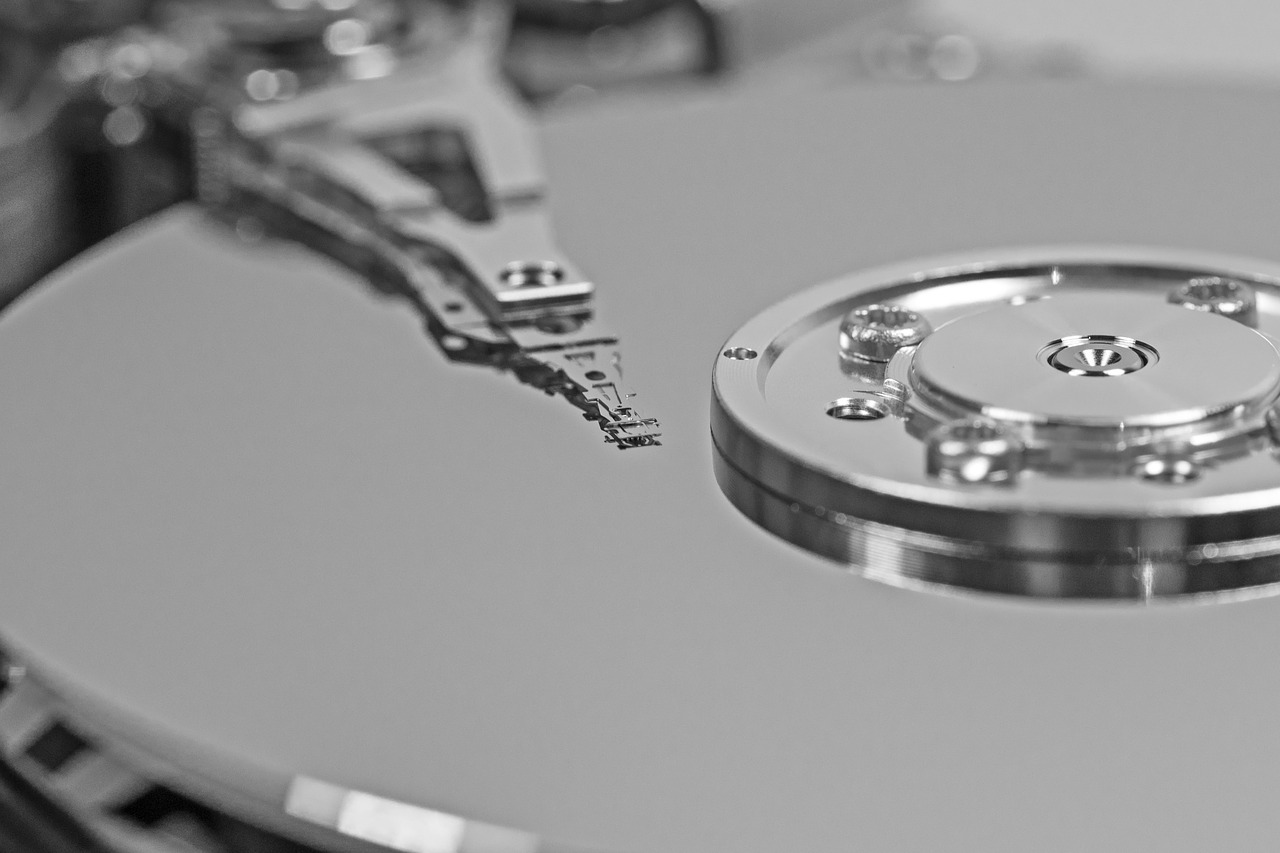A friend of mine recently had a solar panel system installed on his acreage. Besides being interesting because of the renewable/green aspect of the project, the system itself—from SolarEdge—is actually highly digital.
- A mobile app is used for commissioning the system.
- SolarEdge operates a cloud service which collects telemetry from the system and reports various performance metrics in a user-friendly dashboard.
- The inverters can connect to the IP network and provide a means to collect telemetry from them directly.
The last point interested me the most because any time a device exposes its data or a control connection, it means there's an opportunity to integrate it with other software. In this case, I wanted to create my own dashboard to display (near) real-time performance data for the system.
Whereas other blogs and articles on this topic describe how to monitor a single inverter system, this post will describe how I built a performance dashboard for a multi-inverter system.

